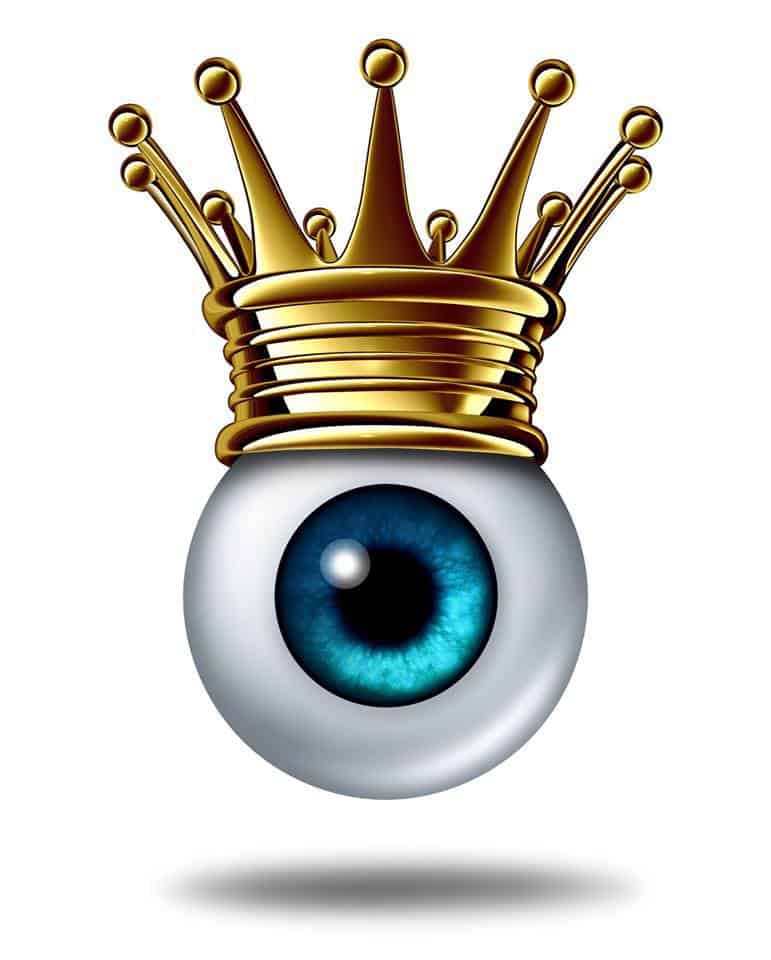Hypermetropia, Hyperopia, Farsightedness or long sightedness all refer to the same eye problem which causes the affected patient to have difficulty in focusing on nearby objects. The vision for far away objects remains quite clear. However, in very extreme situations the affected person might not be able to focus on any target at any given distance.
This eye defect is caused either when the eye ball is too short or when the lens of the eye is unable to become round enough to focus an image on the retina. The object appears blurred on the retina. When light that enters the eye is focused behind the retina, hyperopia is present.
Blurred vision, accommodative dysfunction, strabismus (cast eyes), amblyopia and asthenopia are common symptoms of long sightedness. Hyperopia is not to be confused with presbyopia, which also causes blurred vision but is a result of aging and the effects of aging on the crystalline lens of the eye.
Hyperopia is called farsightedness because as opposed to people with normal vision, people affected by hyperopia find it easier to focus on far away objects, not nearby ones.
Eye glasses and corrective contact lenses are provided by optometrists and ophthalmologists to treat hyperopia. A standard eye examination can help detect hyperopia and according to the power that the eye requires, an eye glass prescription is given to the patient to obtain the appropriate eye glasses or corrective contact lenses.
Convex lenses are used to correct hyperopia, although very minor hyperopia is sometimes left untreated. Refractive surgery is also used to help treat hyperopia. If you experience problems focusing at near, headaches, gritty eyes and tiredness. Then you may be experiencing hyperopia.
“Remember to keep an eye on your eyes”
- 10 SIGNS YOU NEED AN EYE EXAM - May 20, 2018
- WORLD GLAUCOMA WEEK - March 11, 2018
- The Importance OfEye Exams - February 5, 2018


Recent Comments